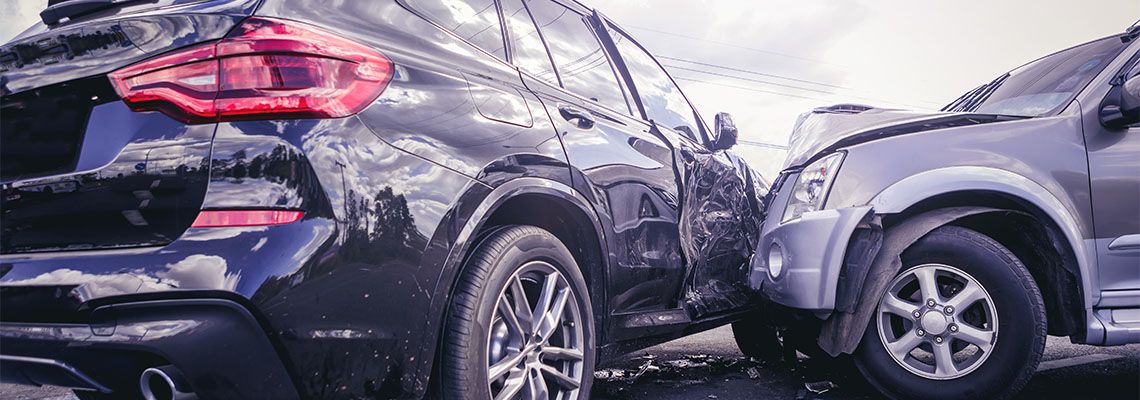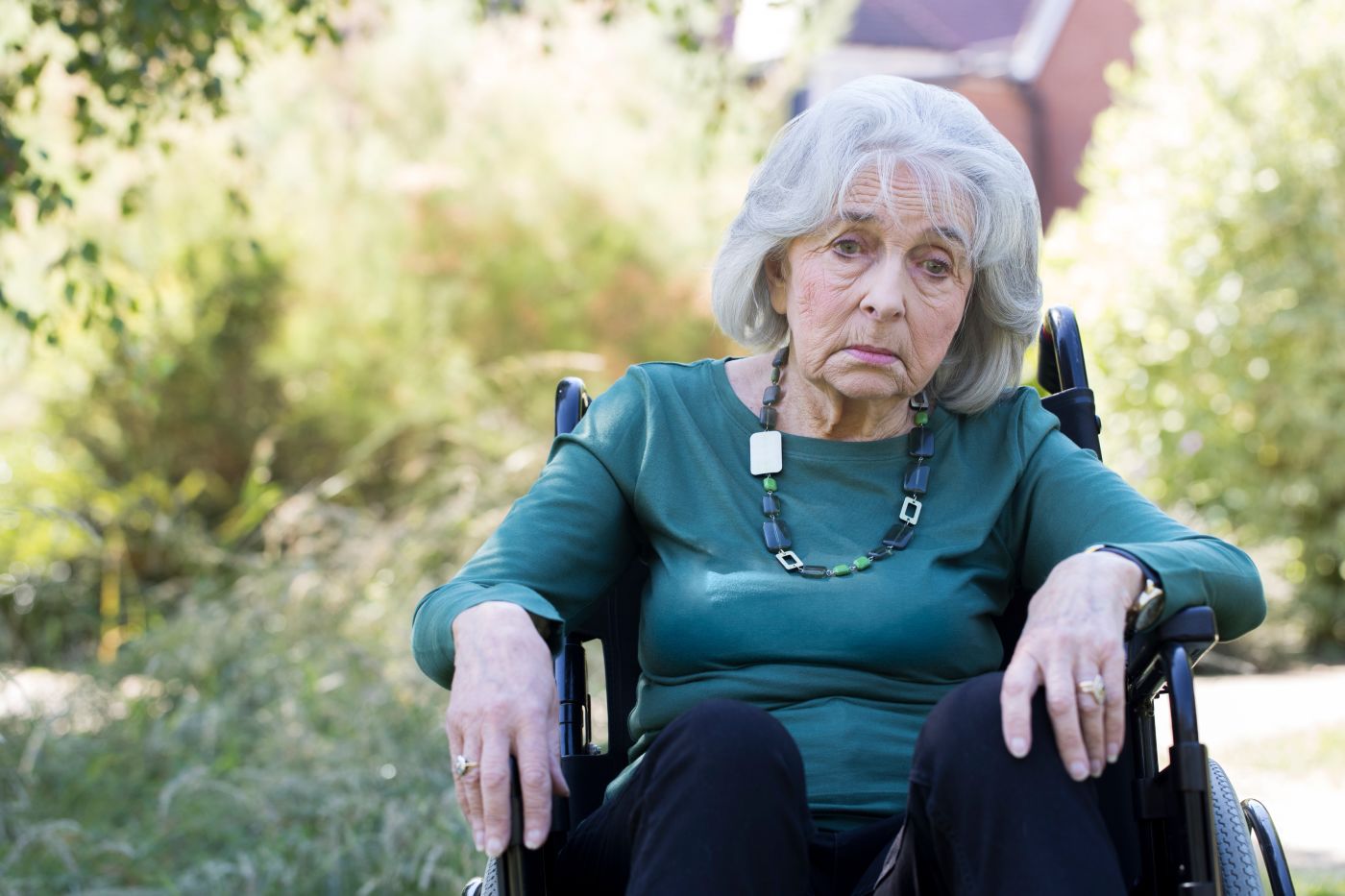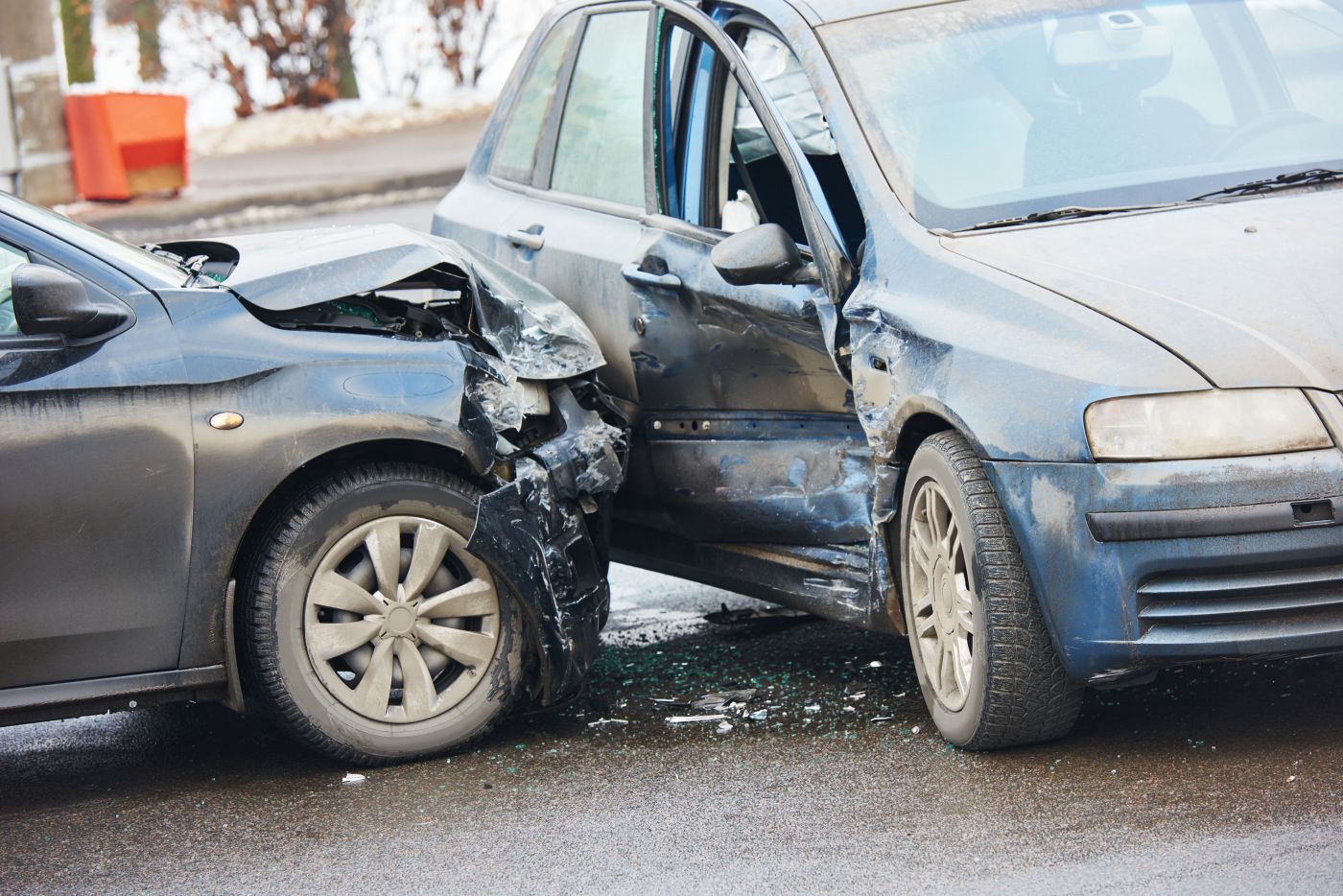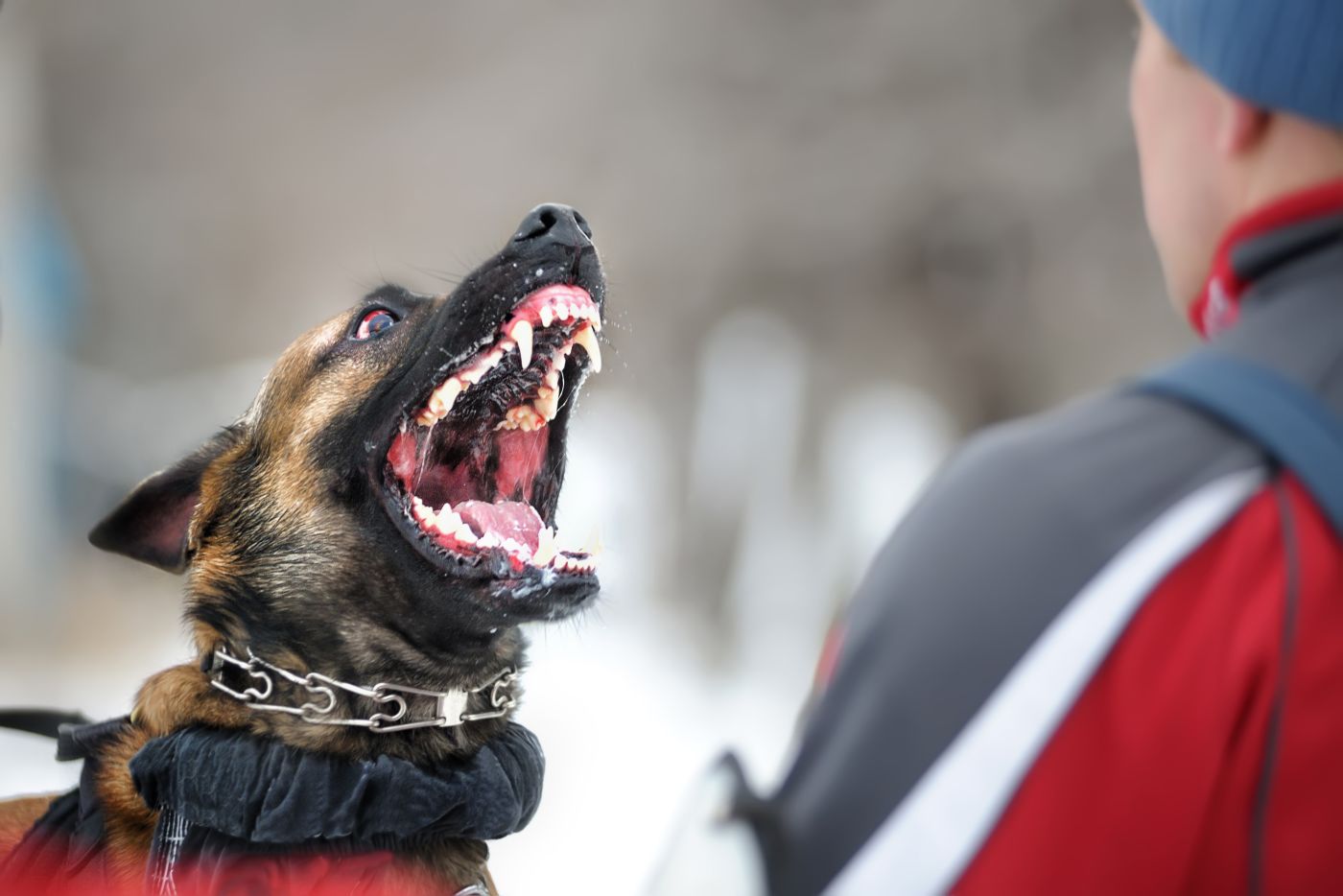
T-bone car accidents, also known as side-impact collisions, are a common and often devastating type of vehicle crash. These accidents occur when the front of one vehicle strikes the side of another, forming a "T" shape, often leading to serious injuries or fatalities.
It's important for Texas drivers and personal injury victims to understand how these accidents happen, who might be liable, and what steps to take afterward. At Harrell & Paulson, we help clients throughout Kaufman, Heath, Forney, Terrell, and Rockwall work through the impacts of T-bone car accidents and help them pursue the compensation they deserve.
Common Causes of T-Bone Car Accidents
T-bone car accidents occur due to a variety of factors, which often involve driver error or hazardous road conditions. Some of the common causes of T-bone car accidents include:
Failure to yield: One of the most prevalent causes is when a driver fails to yield the right of way at intersections. This can happen when a driver runs a red light or stop sign, leading to a collision with a vehicle that has the right of way.
Distracted driving: Drivers who are distracted by activities such as texting, eating, paying attention to a GPS, or adjusting the radio may not notice traffic signals or oncoming vehicles, increasing the risk of a side-impact collision.
Fatigued driving: Drivers who are tired or drowsy may have slower reaction times and poor judgment, which can lead to T-bone accidents.
Speeding: Excessive speed can reduce a driver's ability to stop at intersections or react to other vehicles in time, resulting in a T-bone accident.
Impaired driving: Alcohol or drug impairment significantly reduces a driver’s ability to operate a vehicle safely and impacts reaction times and decision-making abilities, often leading to dangerous driving behaviors such as running red lights and stop signs.
Reckless or aggressive driving: Behaviors like tailgating, rapid lane changes, and disregarding traffic rules can contribute to side-impact accidents, particularly at busy intersections.
Weather Conditions: Poor weather conditions such as rain, fog, or ice can impair visibility and road traction, making it harder to stop or control a vehicle.
Understanding these common causes can help drivers adopt safer driving practices to prevent such accidents. If you've been involved in a T-bone accident, an experienced auto accident attorney can help you determine liability and pursue the compensation you deserve.
Determining Liability in a T-Bone Accident
Texas is an "at-fault" state, which means the driver responsible for causing the accident is liable for damages. However, proving fault requires careful consideration of various factors such as traffic signals, right-of-way rules, and driver behavior.
The steps for determining liability include:
Examine the crash scene: Examine the damage to the vehicles, damage to stationary objects, skid marks, and the final resting positions of the cars. This can help determine the angle of impact and the likely actions of each driver.
Gather evidence: Obtain a formal copy of the police report, take photos of your injuries and the scene, collect medical records and bills from any injuries sustained, gather witness statements and witness information, and request footage from traffic cameras. Evidence can help corroborate the sequence of events and clarify which driver was at fault.
Assess each driver's conduct: Determine whether any driver violated traffic laws, such as running a red light, failing to yield, or speeding. Any traffic citations issued at the scene can be strong indicators of fault. Additionally, investigate whether any driver was distracted or under the influence of drugs or alcohol, which could further indicate liability.
Analyze the size and speed of vehicles: The severity of injuries often correlates with the size and speed of the striking vehicle. Medical records of the injuries sustained can sometimes offer clues about the force and direction of the impact, helping to establish fault.
Seek professional advice: Reach out to an experienced personal injury attorney who can build a strong case on your behalf and engage expert witnesses who can recreate the accident and provide insight into how and why it occurred.
Sometimes, fault may not be immediately clear. If that's the case, it's important to collect as much information as possible and consult with an experienced auto accident attorney to make sure you have a compelling case.
Understanding Comparative Fault
Texas follows a modified comparative fault rule. This means that each party involved in an accident is assigned a percentage of fault, which directly impacts the amount of compensation they are entitled to receive.
If you are found to be 51% or more at fault for the accident, you are barred from recovering any damages. However, if you are 50% or less at fault, you can still recover compensation, but it will be reduced by your percentage of fault.
For example, if you are found to be 30% at fault for a T-bone accident and your total damages amount to $100,000, you would be eligible to recover $70,000 (i.e., the total damages minus your percentage of fault). This system emphasizes the importance of accurately determining fault percentages, as even a small difference can significantly affect the compensation received.
Steps to Take After a T-Bone Accident
Experiencing a T-bone car accident can be overwhelming, but knowing the proper steps to take afterward can help ensure your safety and protect your right to compensation.
Ensure your safety: Immediately check yourself and others for injuries. If anyone is injured, call 911 to request medical assistance. If it is safe, move vehicles out of the way of traffic to prevent further collisions. Turn on your hazard lights and set up flares or warning triangles if available.
Report the accident to the police: Contact local law enforcement to report the accident. An officer will typically create an official accident report, which will be important for your insurance claim and any potential legal action.
Do not admit fault: Avoid admitting fault to the police, other drivers, or insurance adjusters, as this can be used against you later. Stick to the facts and be brief when discussing the accident.
Exchange information: Exchange contact and insurance information with the other driver(s). Obtain their names, addresses, phone numbers, driver's license numbers, and insurance policy details, and note the make, model, and license plate number of the other vehicles.
Document the scene: Take photographs and videos of the accident scene, including vehicle damage, injuries, road conditions, traffic signs, and any other relevant details. Ask any witnesses, for their contact information and a brief statement of what they saw. This evidence can be vital in determining fault and supporting your claim.
Seek medical attention: Even if you feel fine, it's important to see a medical professional as soon as possible after the accident as some injuries may not be immediately apparent. Medical documentation of your condition will also be important for any future claims.
Notify your insurance company: Inform your insurance provider about the accident as soon as possible. Provide them with all the relevant details and cooperate fully with their investigation. However, do not admit fault or downplay your injuries when speaking to insurance adjusters.
By following these steps, you can protect your rights and improve your chances of recovering fair compensation for your damages. An experienced auto accident attorney can also provide you with knowledgeable guidance for determining fault and help you maximize your potential compensation by negotiating with insurance companies or litigation your case in court.
Experienced Legal Counsel You Can Trust
At Harrell & Paulson, we provide valuable insights into T-bone car accidents, helping Texas drivers, personal injury victims, and car accident victims understand their rights and the steps they should take during and after the incident.
If you or a loved one have been involved in a T-bone accident, reach out to Harrell & Paulson today to schedule a consultation. Located in Kaufman and Heath, Texas, we proudly serve clients throughout Forney, Terrell, and Rockwall.



